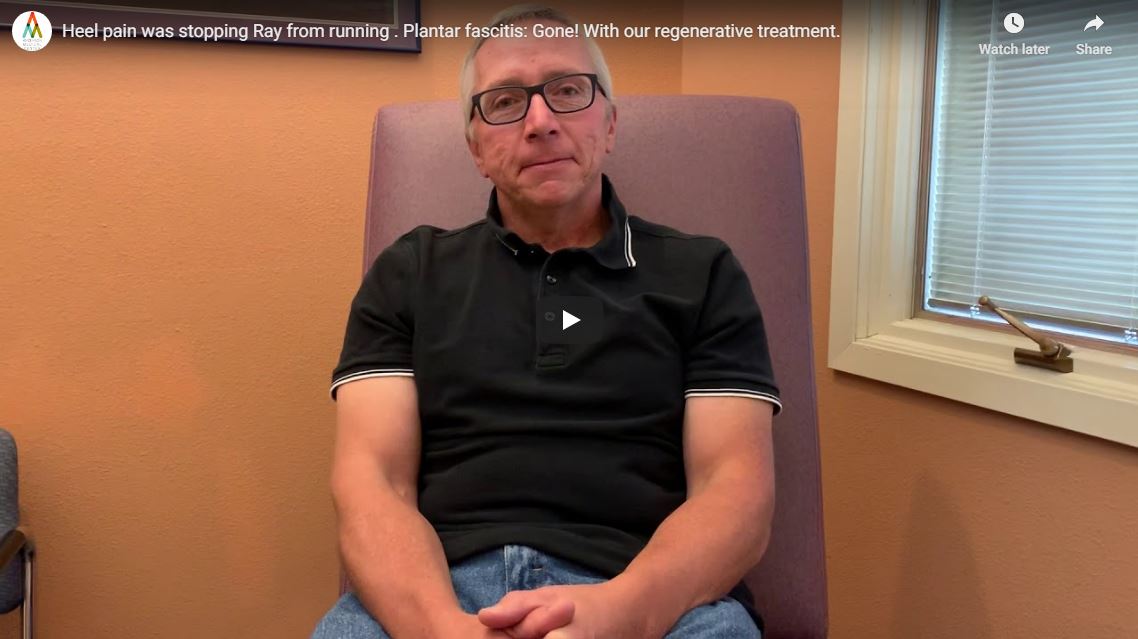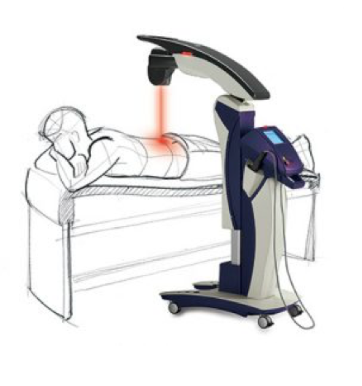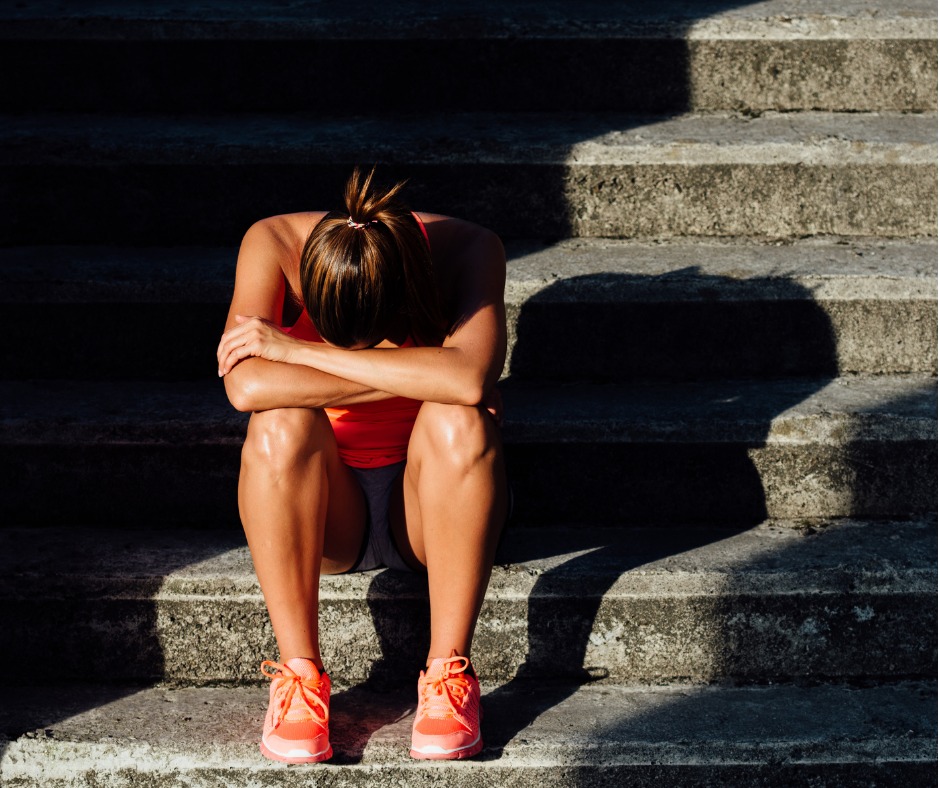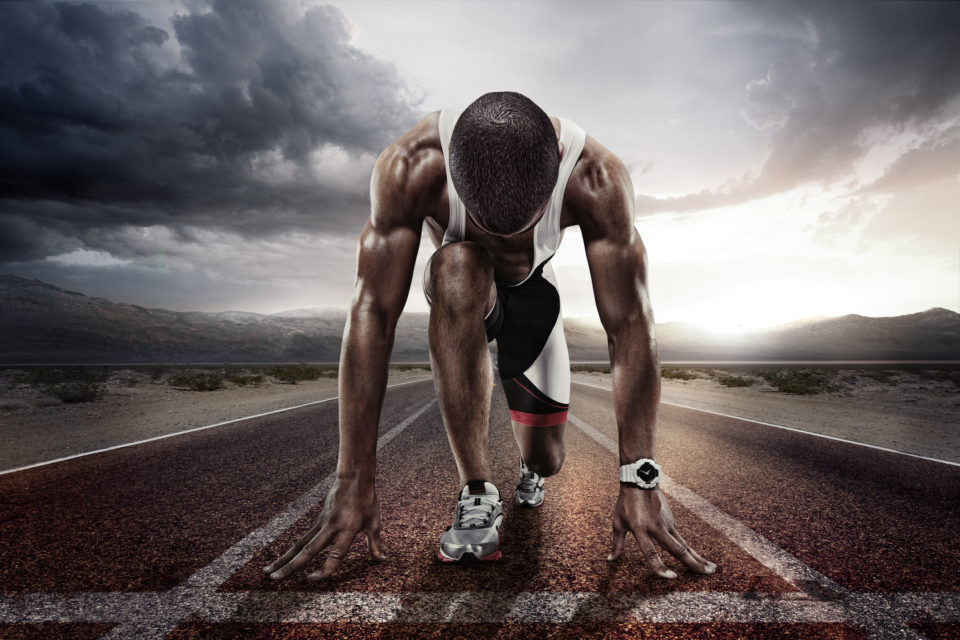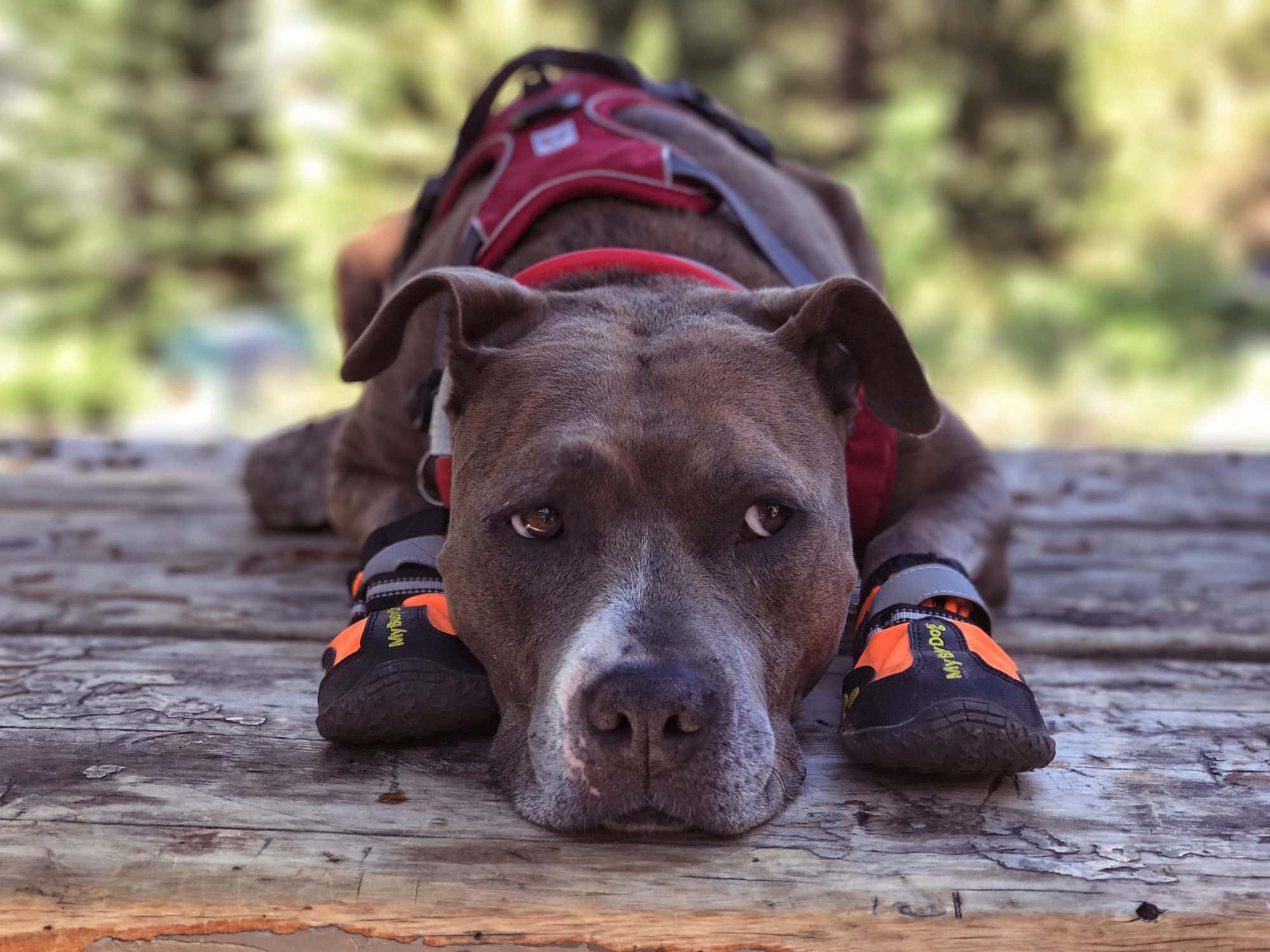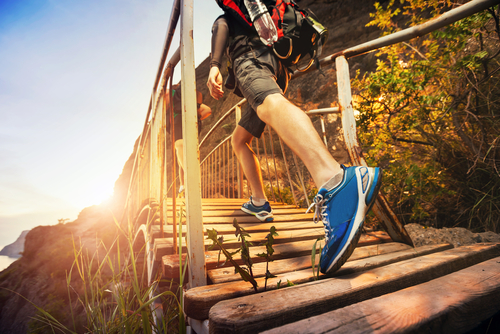(Be sure to watch until the end of the video for an Ultrasound visual of before and after Ray’s fascia!)
Ray’s bump in the trail.
The plantar fascia has a BIG job. It stabilizes the arch of the foot and allows flexion of the first metatarsal, enabling the first metatarsal to carry the majority of the body weight. In other words, when the plantar fascia gets tired and aggravated, you’ll know very quickly! Your heel will hurt like crazy, especially if you’re an active person like our patient, Ray. “Before I came to see Dr. Anderson for treatment, I had heel pain for about a year. I would get this pain when I would run, or hike or snowshoe… so a lot of things that I enjoy doing!”
Running out of options…
“After about 9 months of this, I couldn’t run… I couldn’t do any of these things that I enjoyed.” Ray attempted physical therapy for relief, but with no avail. While we were impressed with Ray’s perseverance, we were very eager to ease him of his heel pain. After meeting with Ray, we found that he actually had Plantar Fasciosis, which means that his fascia was deteriorating rather than getting inflamed! Knowing this offered Ray the ability to get treatment specifically tailored to the ACTUAL cause.
Our 3 Step Approach!
“So I went to Dr. Anderson, who gave me custom orthotics, laser therapy, and regenerative medicine.” We ended up taking Ray through our 3 step approach for heel pain from start to finish! At Anderson Podiatry Center, our ultimate goal is to ensure we can get our patients back to the activities they enjoy as fast as possible. Ray was in a hurry to get back into action, and as exercise enthusiasts ourselves, we understood his urgency! We took him through these 3 steps so that he could get back out on the trail as quickly as possible.
It’s a RUNderful life!
“3 months after having the injection, orthotics and the laser therapy, I feel 100% better! I can run, I can hike, I can do anything that I want. Now I’m back to running 10-15 miles a week!”
Our doctors deeply care about our patients and their recovery, even well after we treat them. We always follow up with our patients, and after a recent follow up with Ray we were ecstatic to hear that he recently ran 9 miles without any heel pain! He was excited to announce that he is currently training for a half marathon.
If you or a loved one have been putting the activities that make you happy on the backburner! We would love to get to know you, hear about what’s been holding you back, and work with you to plan an approach to rid you of heel pain!
